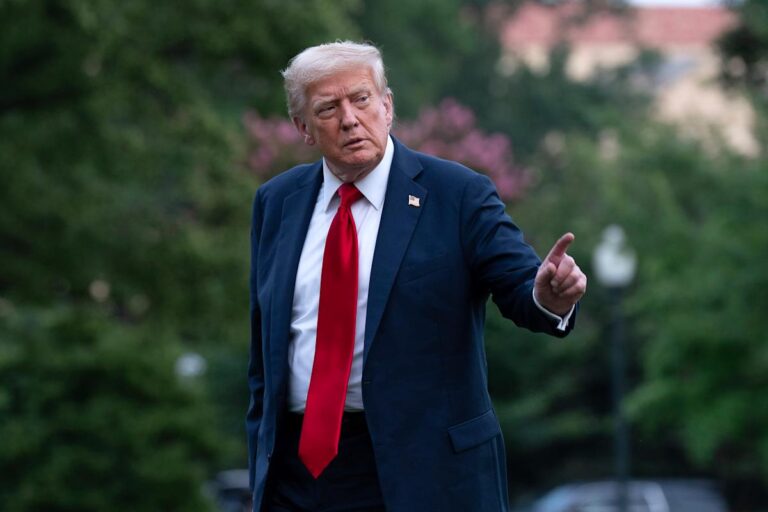Inflation ticked higher in June, according to new government data released Tuesday, as investors continued to look for signs that President Trump’s tariffs may be starting to work their way through to consumer wallets.
The latest data from the Bureau of Labor Statistics showed that the Consumer Price Index (CPI) increased 2.7% on an annual basis in June, an uptick from May’s 2.4% gain that was driven by a reversal in falling gas prices. Economists had expected headline inflation to come in at 2.6%.
On a monthly basis, prices rose 0.3% compared to May’s 0.1% uptick, matching economists’ estimates..
On a “core” basis, which excludes volatile food and energy costs, CPI rose 2.9% over the past year in June, ahead of May’s 2.8%. Monthly core prices increased 0.2%, also ahead of the prior month’s 0.1% gain.
Heading into the report, economists had expected core CPI to rise 2.9% year over year and 0.3% month over month.
The report landed amid renewed trade tensions between the US and other countries. President Trump has unveiled new letters to over 20 countries outlining tariffs ranging from 20% to 50%, including a 35% duty on Canadian goods and 30% tariffs on imports from Mexico and the European Union.
He has also floated sweeping 15% to 20% tariffs on most trading partners. The EU, in response, is scrambling to negotiate while preparing potential countermeasures.
The back-and-forth raises fresh questions about the Federal Reserve’s rate-cutting path.
Markets still expect the central bank to hold rates steady at its policy meeting in two weeks, largely due to uncertainties on how tariffs will trickle through to prices. The odds of a September cut ticked just below 60% shortly after the release.
Although inflation remained relatively muted in June, there are signs that tariffs may be starting to make their way through the system.
Apparel prices rose 0.4% last month, while footwear saw a 0.7% increase after several months of declines. Furniture and bedding prices also climbed 0.4%, reversing the 0.8% drop the index saw in May, a potential indication that tariff-related cost pressures are beginning to reach consumers.
“With inflation coming in softer than expected for the fifth month in a row, it may initially seem like there is still little sign of the tariff induced boost to inflation that the Fed has been expecting,” Seema Shah, chief global strategist at Principal Asset Management, wrote in reaction to the report. She was referring to the slower than expected monthly gain in core prices. “However, with increases in categories like household furnishings, recreation, and apparel, import levies are slowly filtering through to core goods prices.”
Story continues
